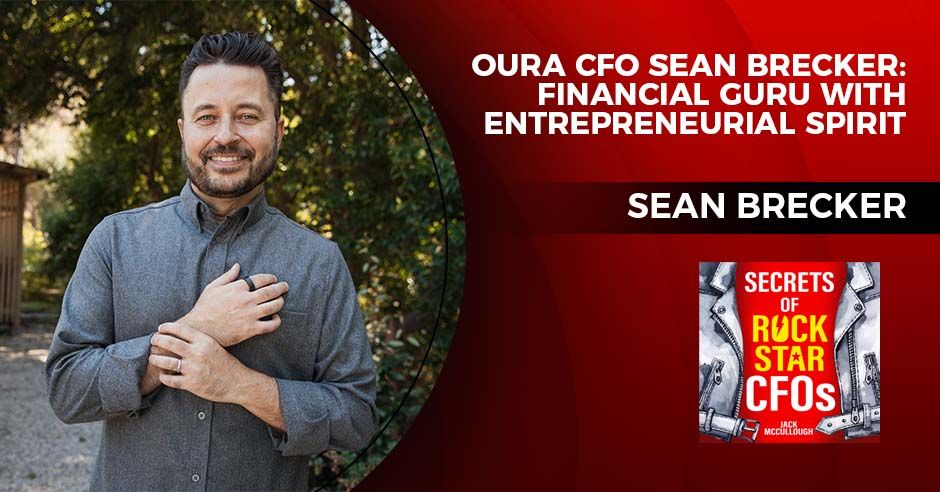 There are two types of crises—event and process. Both types violently disrupt the status quo, but that may be where the similarities end. An event crisis follows an event/aftermath pattern: the crisis hits suddenly and then disappears just as suddenly. We are overtaken by events and then left to recover in the aftermath. Most crises, whether nature-made or man-made, conform to this pattern. Nature inflicted Hurricane Maria in Puerto Rico, the Haiti earthquake, and the eruption of Mount Saint Helens. On the man-made side, we endured 9/11, Chernobyl, and the Exxon Valdez oil spill. Think seconds, minutes, and hours.
There are two types of crises—event and process. Both types violently disrupt the status quo, but that may be where the similarities end. An event crisis follows an event/aftermath pattern: the crisis hits suddenly and then disappears just as suddenly. We are overtaken by events and then left to recover in the aftermath. Most crises, whether nature-made or man-made, conform to this pattern. Nature inflicted Hurricane Maria in Puerto Rico, the Haiti earthquake, and the eruption of Mount Saint Helens. On the man-made side, we endured 9/11, Chernobyl, and the Exxon Valdez oil spill. Think seconds, minutes, and hours.
A process crisis, on the other hand, unleashes its devastation in a different way. Rather than following the event/aftermath pattern, it follows an escalation/apex/de-escalation pattern. There’s a beginning, middle and end. California’s wildfires, the Queensland floods and the Syrian conflict fit this model. Think days, weeks and months. Importantly, nearly every contagion, including COVID-19, follows this pattern. At this moment, we’re living through a process crisis and a relatively long one at that.
Why does the distinction matter? Because a process crisis creates the opportunity for an organization to shift to an offensive response while you’re in it, to accelerate rather than hibernate. The gradual spread of the current pandemic offers leaders time and space, not only to respond to the immediate impact, but also to design a new future state. Seizing the opportunity in the calamity depends on the organization’s ability to apply strategy agility, which is the ability to adapt strategy real-time in the context of a dynamic environment. A crisis is the epitome of a dynamic environment.
This means shifting from deliberate to emergent strategy. Deliberate strategy is the time-honored—and now suddenly obsolete—way of formulating strategy. It’s formal, top-down, bureaucratic and slow. Emergent strategy, on the other hand, is informal, distributed, real-time and relies on the constant circulation of local knowledge from the bottom of the organization to the top. Here’s a quick guide to help you accelerate rather than hibernate through the COVID-19 process crisis.
Retrench at the Beginning
Even though a process crisis takes time to reach peak impact, the initial hit still shocks the system. That jolt sets us on our heels. We have no choice but to retrench. In the beginning, the goal is survival.
That’s exactly what leaders around the world have been doing. They’ve moved quickly to avoid catastrophic loss by sending workers home, rebalancing production, and securing credit. Now they’re managing cash flow and monitoring supply chains. It’s always difficult to prepare for the brunt of a crisis because the timing and impact are unpredictable. For example, the coronavirus is rewarding some industries and punishing others. A food services company I spoke with saw demand collapse by 90 percent in a single week. Another food company saw demand double in the same week. In all cases, leaders must respond swiftly.
But then what? Self-preservation tends to block and temporarily suspend other considerations. People can’t lift their eyes to higher goals if the organization’s very survival is at stake. And yet the moment survival is assured, that survival instinct should cease to function as the primary motivating force. Now you need a vision and the adaptive capacity to act on that vision and do it quickly. Even in a crisis, the leader is commissioned to give others sight. After you have retreated and retrenched, it’s time to pivot to offense.
Adapt in the Middle
The trap that many leaders fall into with a process crisis is mistaking it for an event crisis. If the initial impact is overwhelming, it’s hard to shed a bunker mentality. “We’re going to wait out the storm,” responded a sales executive that I spoke with recently. The crisis shut down sales activity, so the leader started hibernating. I could hear the resignation as the management team commiserated about the challenges of working from home. It was old news at that point, but this team couldn’t stop talking about it.
The middle of a process crisis is an opportunity to get deliberate about organizational transformation. It’s the time to apply strategic agility, which at its core, relies on a rapid-cycle-test-and-learn principle—the primary tenet that underlies both the agile movement and lean startup methodology.
To apply strategic agility, organizations must use the middle phase of a process crisis to move through what I call the ADAPT cycle, a five-step iterative process, to formulate their offensive response to the turbulent context. Here’s a summary of what to do in each step:
1. Analyze the current state. Look inside and outside your organization. Scan your internal performance environment and your external competitive landscape. Ironically, a crisis will do most of the work as it pressurizes conditions and reveals your strengths and weaknesses with exceptional clarity. COVID-19 will hand you an accurate X-ray of your organization’s capabilities at no charge. Identify your top three biggest adaptive challenges in three categories: 1. opportunities (potential benefit), 2. threats (potential harm), and 3. crises (certain harm) within the larger context.
2. Decide what to change. As you contemplate how the crisis is shifting reality and affecting your organization, do a fresh round of triage to prioritize what you identified in the first step. Strategy is always the deliberate reduction of alternatives. In a crisis, that reduction is even more acute. With an eye toward the future, figure out what needs to change now. Leave the rest. Finally, assign some members of your team to challenge the compressed list of priorities. Encourage them to find flaws in your plan and make it better. Finally, solicit feedback from all corners of the organization as you conduct a start, stop, continue exercise.
3. Align the organization. Everyone knows you’re in a crisis. What they don’t know is where you’re going. Once you identify your short list of priorities in step 2, communicate your agenda to align the organization. Remember, alignment means both understanding and commitment, so avoid the temptation to cascade your vision solely with a didactic, top-down approach. Continue to ask for input during alignment to refine your thinking.
4. Prototype your priorities. At this point, your priorities are concepts. Now it’s time to turn them into working prototypes. During the middle of a process crisis, an organization’s ability to conduct rapid prototyping is often the determining factor in whether they live or die. In many cases, the raw power of a crisis forces organizations to think differently. Constraints really can spawn innovation.
5. Test your prototypes. The last step is to test your prototypes on a limited and controlled basis. You may have come up with a new process, structure, system, product, technology, or even business model. Figure out a way to pilot your new model. Do it quickly. Gather and interpret the results, adjust, and then do it again until you’re confident that you’re ready for actual implementation. Now it’s go time.
Accelerate at the End
After the crisis peaks and starts to decelerate, uncertainty begins yielding to a known future. The question is whether you create the future by design or by default. If you’ve spent your time adapting during the middle of the crisis, you hold in your hands a set of tested prototypes that are ready to implement. Every organization I know has a change agenda that far exceeds its change capacity; now is the time to allocate your scarce resources carefully to implement these priorities.
The paradox of a process crisis is that while we yearn for normalcy, it opens a window to create the future state you want before you get one you don’t want. We will all get a new status quo from the current pandemic. Before it calcifies, make your most important changes. If you need to shift your business model, become flatter and leaner, transform your customer experience or create a more inclusive culture—whatever it is, now is the time.
Every crisis is a call to action. Though devastating, COVID-19 is a process crisis that offers leaders a rare opportunity to transform their organizations. Take the opportunity.








